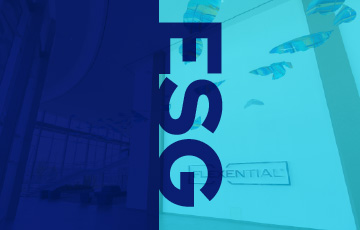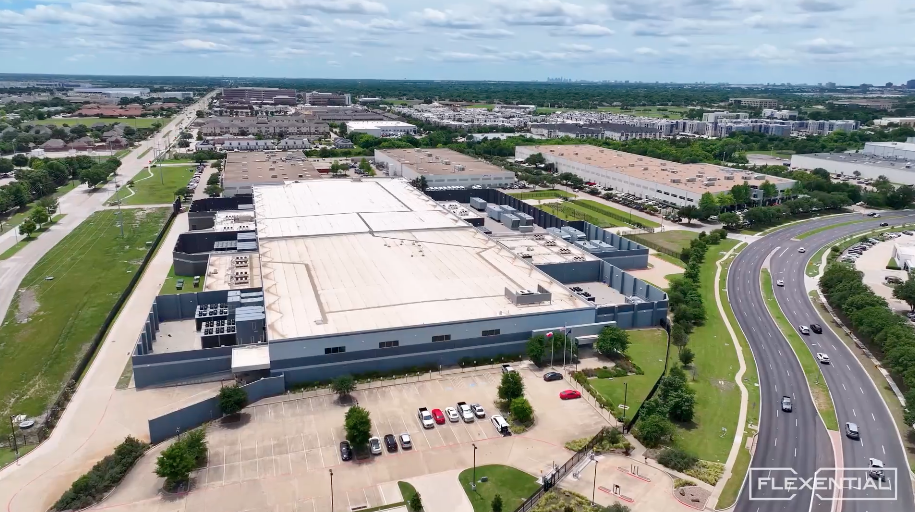
What is Service Level Agreement, and why does it matter?
A Service Level Agreement (SLA) is a contract—legally binding—between a service provider and a customer that details the scope, quality, and expectations of the services to be provided with key performance indicators for service performance, ensuring transparency and accountability.
SLAs establish clear expectations, hold service providers accountable, and provide structured recourse if commitments aren’t met. While common in IT services, SLAs benefit any industry requiring performance and reliability.
Benefits of a Service Level Agreement
A well-crafted SLA does more than just set expectations—it strengthens relationships between providers and customers.
SLAs provide measurable benchmarks, tracking key performance indicators (KPIs) like performance, uptime, and resolution times to help businesses manage customer expectations. This helps businesses maintain operational efficiency and improve customer satisfaction by keeping services reliable and responsive. When both sides know exactly what to expect—and what happens if things go wrong—it creates confidence and accountability. A strong SLA is a sign of commitment to quality. In many cases, a well-executed SLA can even lead to new business opportunities by demonstrating reliability and consistency.
Key components of a Service Level Agreement
An SLA defines expectations, performance standards, and remedies. Key components include:
- Agreement overview – Summary outlining the service expected and provided, the parties involved, and the purpose of the SLA.
- List of stakeholders – Identifies everyone responsible for upholding the SLA, from the service provider to internal teams and external vendors.
- Goals of all stakeholders – Aligns expectations with the service provider’s performance, ensuring both sides agree on objectives.
- Description of services – Clearly details the services covered, including their scope, limitations, and any dependencies.
- Service levels – Establishes agreed-upon service levels, such as uptime guarantees, service availability, response times, and other SLA metrics.
- Excluded services – Clarifies services not covered under the SLA to prevent misunderstandings.
- Conditions of cancellation – Outlines the process for terminating the agreement, including any notice periods and potential penalties.
- Corrective actions and remedies – Specifies escalation procedures, corrective measures, and potential service credits if performance falls short.
- Performance metrics – Defines KPIs like response times and system reliability.
- Indemnification clause – Protects customers by ensuring the service provider agrees to compensate for any breaches of service quality, warranties, or failures to uphold appropriate behavior in service delivery.
Types of SLAs
Service level agreements come in different forms, depending on the structure of the relationship and the scope of services provided. The main types include:
Customer SLA – Often referred to as a customer service level agreement, it's a formal contract between a business and an external service provider that outlines performance standards, response times, and remedies if the provider fails to meet expectations.
Internal SLA – An agreement between teams or departments within an organization to ensure that internal services align with business objectives and maintain consistent service quality.
Multi-level SLA – A layered agreement involving multiple parties, such as a business and several service providers, each with distinct responsibilities and service expectations.
Service-based SLA – A contract that defines performance standards for a specific service, ensuring consistency across all customers receiving that service from the provider.
Customer-based SLA – A customized agreement that focuses on an expectations, specifying service levels and metrics tailored to their business requirements.
Hybrid multi-level SLA – A combination of service-based and customer-based SLAs, offering flexibility for organizations that manage multiple services, vendors, or internal teams.
Who uses Service Level Agreements?
SLAs are essential beyond IT, ensuring quality control across industries.
- IT service providers, MSPs, and network service providers – SLAs define performance metrics, response times, and service availability for cloud computing, managed services, and network connectivity. These agreements help ensure reliable services and minimize downtime for businesses that depend on the internet and data infrastructure.
- Corporate IT organizations – Internal SLAs help IT departments measure, justify, and compare their performance against outsourcing vendors to ensure cost efficiency and reliability.
- E-commerce and retail companies – SLAs govern critical aspects like website uptime, delivery logistics, return policies, and customer service response times to maintain seamless operations.
- Healthcare organizations – SLAs set standards for appointment wait times, emergency access, and data confidentiality.
Service Level Agreement best practices
To get the most out of an SLA, consider these best practices:
Get all stakeholders on the same page before service delivery begins. Early alignment between stakeholders prevents misunderstandings.
Put the end user first. An SLA should focus on usability, support availability, and service tracking to create a seamless customer experience.
Set realistic and enforceable service levels. Avoid overpromising—define clear, measurable service expectations that balance operational capabilities with customer needs, ensuring a proper baseline for performance assessment.
Review and refine regularly. SLAs should evolve with business needs, technology changes, and market shifts to stay relevant.
Be precise. Clearly define scope, performance benchmarks, and dispute procedures.
Managing Service Level Agreements
An SLA isn’t a “set it and forget it” document—it requires active management to ensure that both the service provider and the customer uphold their commitments. Here’s how to keep an SLA effective:
- Continuously monitor performance – Regularly track KPIs to measure whether service expectations are being met and verify service levels against agreed-upon benchmarks. Openly sharing performance data fosters trust and ensures transparency.
- Establish a structured dispute resolution process and encourage collaboration – Even the best SLAs can lead to disagreements, so having a clear process for resolving disputes helps prevent misunderstandings from escalating into legal conflicts. SLA management works best when both parties view it as a shared responsibility, maintaining open communication to ensure the agreement remains beneficial for both sides.
- Allow flexibility for evolving business needs – Business priorities and market conditions change, and your SLA should be able to keep up. Adjustments may be necessary to account for new technologies, compliance requirements, or shifts in operational goals.
Negotiating and revising Service Level Agreements
An SLA is more than a contract—it should evolve with business needs. When working with IT providers and cloud vendors, businesses must ensure terms align with operational goals. A technology vendor contract should define service levels, performance expectations, and modification flexibility.
Most service providers, including cloud vendors, use standardized agreements for scalability, limiting customization. Their pricing and service commitments focus on baseline performance, leaving little room for negotiation. However, businesses needing tailored service levels, enhanced security, or compliance guarantees should push for custom terms. Many IT outsourcing agreements now tie vendor compensation to business outcomes, aligning service performance with financial incentives.
Important: A Service Level Agreement (SLA) should never be static
A clearly defined framework for modifications should be built into the contract, allowing businesses to adapt as priorities shift, technologies evolve, or regulatory requirements change. Regular updates keep SLAs relevant and aligned with business goals.
Service Level Agreement penalties and remedies
When a service provider fails to meet agreed-upon performance standards, an SLA outlines the penalties and corrective actions that apply. These penalties are typically structured as service credits, which compensate the customer for disruptions or subpar service.
Service credits and performance enforcement
Credits act as financial compensation when service levels fall below agreed-upon thresholds. If a provider fails to meet service availability, response times, or other key SLA metrics, the customer may receive credits that reduce their service fees. This ensures accountability while giving businesses a way to recover some of the value lost due to poor performance.
Earning back service credits
Some vendors negotiate earn-back clauses, which allow them to regain service-level credits if they maintain performance at or above the required level for a specified period. This approach incentivizes providers to improve their service and avoid long-term penalties.
Defining penalty calculations
An SLA should clearly define how credits are calculated to prevent disputes. This includes outlining which performance metrics trigger penalties, how much compensation is awarded, and any limitations or exclusions. A well-documented penalty structure ensures transparency and reinforces the importance of meeting agreed-upon service expectations.
Provide higher SLAs to meet your customers’ demands with Flexential
Industry-leading reliability and performance
Flexential’s infrastructure supports maximum uptime, ensuring critical applications remain available:
- 100% network and power availability SLAs for colocation services.
- 99.999% cloud availability, meaning less than six minutes of downtime annually.
- Rapid disaster recovery, with RPOs in seconds and RTOs under two hours.
Security and compliance at the core
Flexential safeguards data with biometric access controls, 24/7 monitoring, and compliance-driven security. Disaster recovery as a service (DRaaS) and backup solutions protect businesses from disruptions and network security breaches.
Scalable solutions to support business growth
With data centers across 19 markets, Flexential cloud and colocation solutions provide the scalability businesses need to optimize workloads and improve interconnectivity. By partnering with Flexential, businesses can confidently offer higher SLAs, backed by a provider that prioritizes reliability, security, and long-term success.






